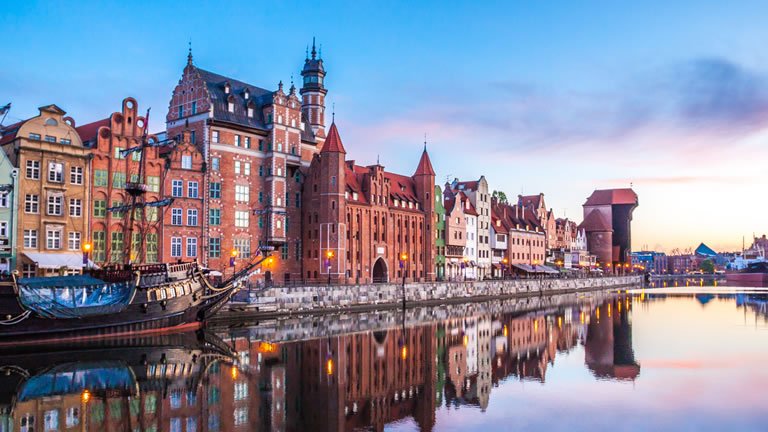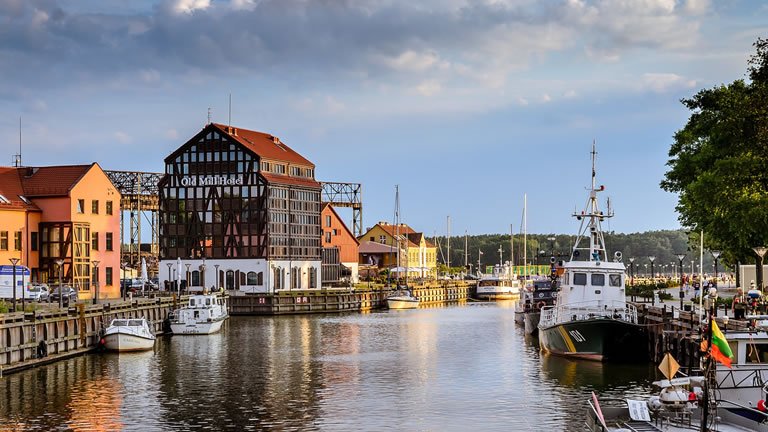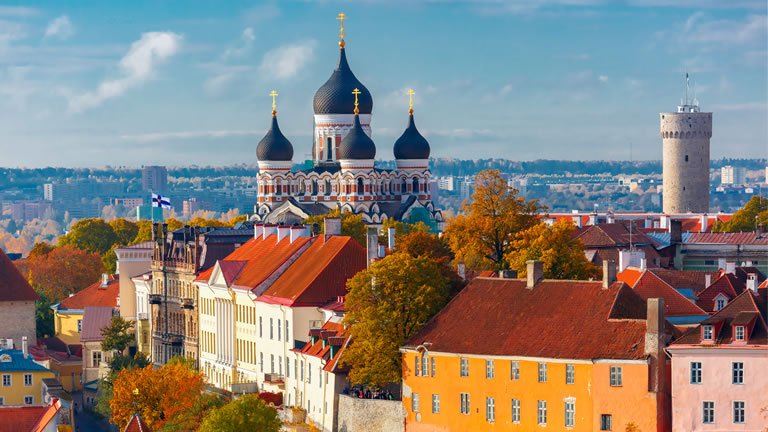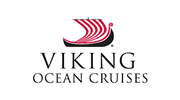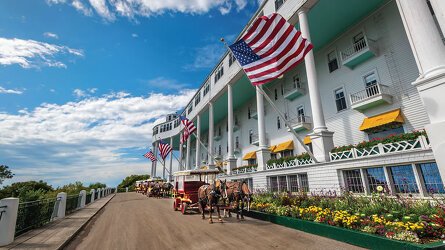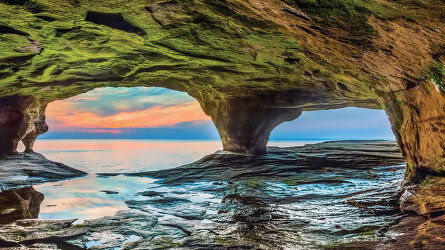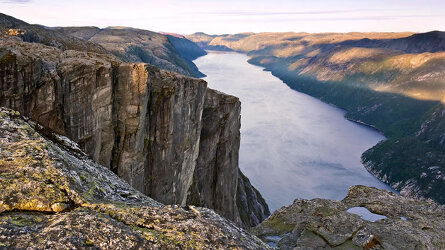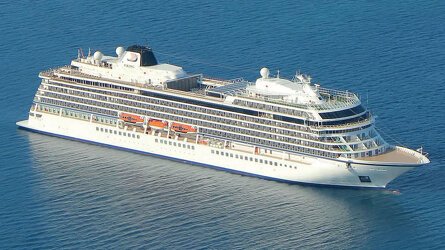Overview
Itinerary
Embark your ship and settle into your stateroom. Copenhagen charms visitors like a Danish fairy tale. Among the Baltic's most beautiful cities, it began as a fishing village and boasts more than 850 years of history. It has been an important Scandinavian port since the Viking Age and remains one of Europe's most enchanting places, thanks to Tivoli Gardens, the world's second-oldest amusement park, and The Little Mermaid statue sitting in the harbor at Langelinie. Grand palaces also grace the cityscape, including Amalienborg Palace, the royal winter residence, and Rosenborg Castle, home to the Danish Crown Jewels.
Copenhagen's skyline lies distinctly low to the ground, but some architectural elements soar above all else: the city's church spires and palace towers. For this reason, the Danish capital is often called the “City of Spires.” Perhaps the most unique, the baroque Church of Our Savior features a spiral stairway that hugs the outside of the steeple. Christian IV's former stock exchange building boasts a “dragon spire” resembling the entwined tails of four beasts, and the City Hall and Christiansborg Palace strike their own dramatic pose.
Gdańsk is widely known as the city of glowing amber and Gothic cathedrals. Its luster harkens back to medieval times when it was one of the most prosperous cities in the Hanseatic League, the mercantile powerhouse of the Baltic. The city's rich history is on display in the remarkably restored old town, a splendid mix of Gothic, Renaissance and baroque styles—from the royal residence of Green Gate to the 15th-century Artus Court, a merchant's palace. Traditional Polish pierogies or a glass of Goldwasser, a liqueur created here during the 16th century, round out any visit.
Lithuania's third-largest city is a historic port on the Curonian coast. Part of the Prussian Kingdom until 1923, when it won its autonomy, Klaipėda is divided by the Danė River, which flows through the city into the Baltic Sea. Along its left bank, the historic old town features cobblestone streets with historic German-style half-timbered houses, street art and a tree-lined promenade filled with cafés. The new town stretches along the Danė's right bank, past industrial sites and shipyards, amid venues that showcase the city's art and cultural heritage.
Riga is the largest and most cosmopolitan of the Baltic capitals. Here, medieval meets contemporary in a history and architecture lover's dream. Vaulting gothic spires and domes of ancient churches dot the narrow cobblestone streets of the UNESCO-listed Old Town, while wide boulevards host striking and ornate examples of stunning Jugendstil Art Nouveau buildings in the new town. Upscale shops mingle with modern art galleries and hip bars, amid innovative, candlelit restaurants, creating a vibrant atmosphere, day or night.
A member of the Hanseatic League, Riga has a fascinating history. The heart of its UNESCO-listed Old Town acts as a living museum with its labyrinth of narrow streets and historic squares. The city is home to a diverse population, including sizeable Russian- and Ukrainian-speaking communities, bringing a peaceful blend of customs and languages. Europe's largest collection of Art Nouveau architecture is found in Riga. The expansion of the city and explosion of the movement during the late 19th century has left a tapestry of magnificent buildings featuring elaborate facades.
The capital of Estonia, Tallinn is located along the coast of the Baltic Sea. Its well-preserved old town, a UNESCO World Heritage Site, is surrounded by a ring of 17th-century historic fortifications that were built to protect the city from invaders. Inside its walls are the upper town, where the regal castle and the cathedral are located, and the lower town, a maze of merchants' houses, guilds, churches and public buildings. Some of the most notable landmarks include the Town Hall Square, Alexander Nevsky Cathedral, St. Olaf's Church and the Kumu Art Museum.
Bid farewell to your fellow guests and journey home. Or spend more time exploring, perhaps joining one of our extensions.
Life Onboard Viking Saturn
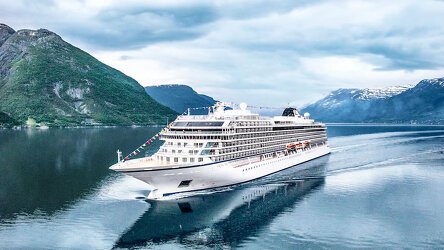
With her maiden voyage in 2023, the Viking Saturn is an all-veranda ship, part of a fleet of award winning, state of the art ships incorporating all the comforts & luxuries you would expect from Viking. Read more
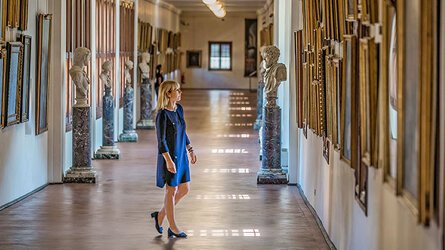
Viking are destination experts. With no casinos or children on board, you can be assured that the focus is firmly on enrichment and education. Read more
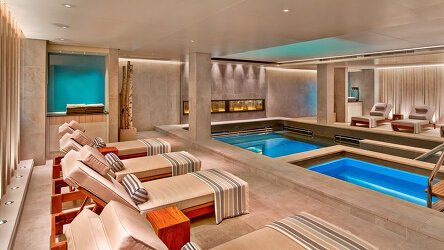
After a day of exploration or just to enhance the relaxation of a day at sea, the on-board Spa will leave you feeling recharged and revitalized. Read more

Viking offer eight on board dining options. Beer, wine and soft drinks are available with lunch and dinner at no additional charge of fee. Read more
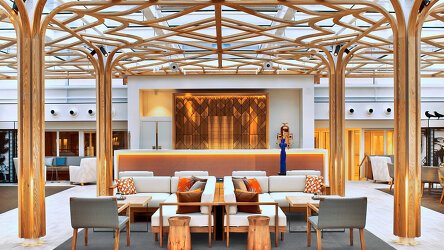
Viking proudly includes all that you need and nothing you do not. A variety of features and services valued at $200 per person per day are standard inclusions in your cruise. Read more

Viking include one complimentary shore excursion in every port of call. Enjoy exclusive entry to cultural treasures and seldom-seen collections around the world. Read more

Brochure
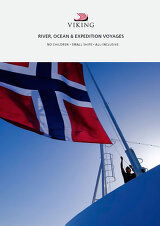
Viking River, Ocean & Expedition Voyages (2025-27)
Availability
 USD
Port charges, taxes and fees included.
USD
Port charges, taxes and fees included.
Tour & cruises prices are per person. Prices shown have savings applied, are subject to availability and may be withdrawn at any time without notice. Pricing and trip details are correct at this point in time, however are subject to confirmation at the time of booking and are subject to change by Viking. For cruise itineraries, cabin images are sourced from Viking. These should be treated as indicative only. Cabin inclusions, upholsteries and room layout may differ to the image(s) shown depending on the ship selected and your sailing dates.
